So I ended the last CTW Blog post with the question, “How can I assure you, how do I guarantee you that your beautiful newly tiled floor will last forever?”
Well the answer isn’t a new one. In fact it’s quite old! It’s a flooring system that has been used for many many years but unfortunately it isn’t used often enough anymore. It’s what tile setters call a floating floor or floated flooring underlayment. It consists of a non adhesive paper membrane , often times roofing paper is used, which is placed over the plywood or plank subfloor. Then a sheet of metal lath is placed over the paper and finally, a layer of concrete or “floor mix” is floated over the metal lath creating a very strong underlayment which is ideal for tiling! There are several advantages to installing a floating floor.
A floating floor underlayment is ideal for tiling on because although it is incredibly durable and will literally last forever, it is free standing. Meaning it’s not actually attached to the house itself at all! The non-adhesive membrane prevents the concrete or “floor mix” from adhering to the wooden subfloor. The wire mesh or “lath” acts as a strengthening agent which holds the concrete together. This combination allows the house to settle or breath freely without puling or pushing the underlayment with it causing stress fractures in your grout or tile.
These pictures show the underlayment building process, before, during and after.
This was a situation in which the floating floor underlayment system was an ideal solution! It was a bathroom in an apartment located in Minneapolis. The apartment building was build about 100 years ago and has settled dramatically. Since the floor is no longer level, a self leveling concrete mixture was out of the question as the floor would end up being about five inches higher towards the back of the bathroom then in the front raising the floor half way up the side of the tub and making a very strange transition from the hallway to the bathroom! OK, half way is a little exaggerated but you get my point. Also, there was so much adhesive holding the previous linoleum in place that if you were to lay down a prefabricated cement board as most tile installers do and screw it securely to the subfloor, the floor would never have been flat enough to tile on. Another huge advantage of using the floating floor underlayment system! The tile setter has the freedom to manipulate the floor in order to create an extremely durable and perfectly smooth surface to tile a floor that will last for generations. The floating floor is ideal for older homes that are no longer level or have a dip in the floor causing them to no longer be flat.
The floating floor underlament is an absolute must if your tiling a large area that will no doubt be susceptible to shifting, not only over time but with each season. It’s also ideal for the installation of in-floor heating elements (pictured below) as it will create a solid, durable platform that holds the heat which warms the tile beautifully! The only difference in building a floating floor for the installation of heating elements is that a durable plastic mesh is used instead of the metal and a latex additive is added to compensate for the heating and cooling of the floors preventing any cracking from occurring over time. Something that can not be done with a prefabricated cement board.
As you can see, this was a large tiled area over 600 square feet stretching from the foyer, into the kitchen, a hallway, a bathroom and a four season sun room. The heated floors span the entire area and it’s seamlessly tiled, meaning there are no transitions from room to room. I still gave this homeowner a lifetime guarantee that they will have absolutely no cracking or chipping of the tile or grout. Because simply nothing compares to the timeless durability of the tiled floating floor underlayment system!
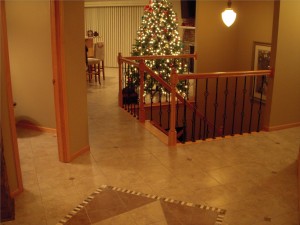
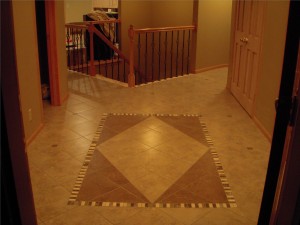 So why is it that the tile underlayment system that is the longest lasting, best choice hands down for larger span tile projects, ideal for in-floor heating systems, most adequate and versatile for older homes with not level or uneven floors and been time proven for over a hundred years hardly used anymore?
So why is it that the tile underlayment system that is the longest lasting, best choice hands down for larger span tile projects, ideal for in-floor heating systems, most adequate and versatile for older homes with not level or uneven floors and been time proven for over a hundred years hardly used anymore?
The answer to that mysterious question in the next CTW Blog post!
~TJ

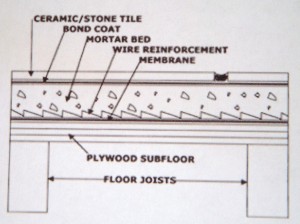
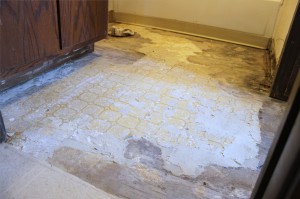
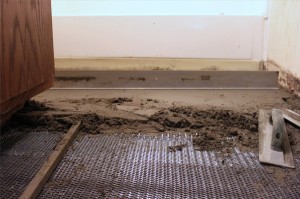
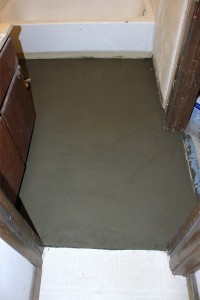
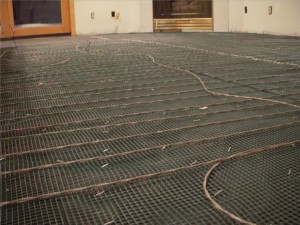
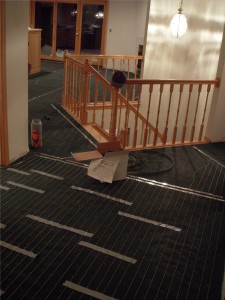
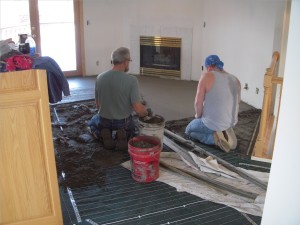
2 Responses to The importance of the tile underlayment!